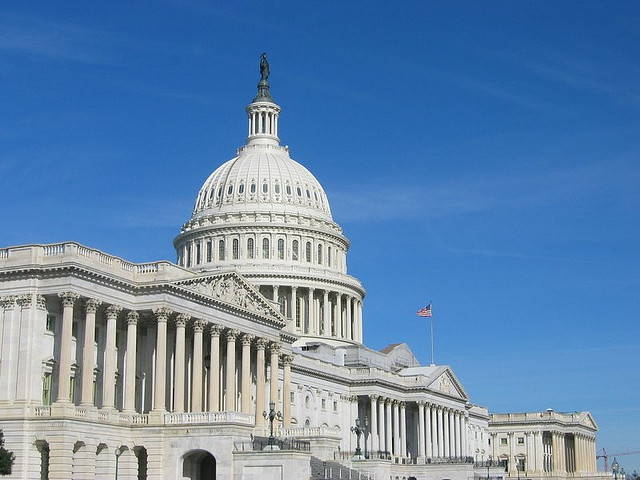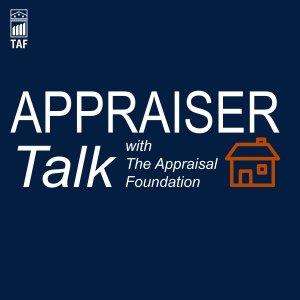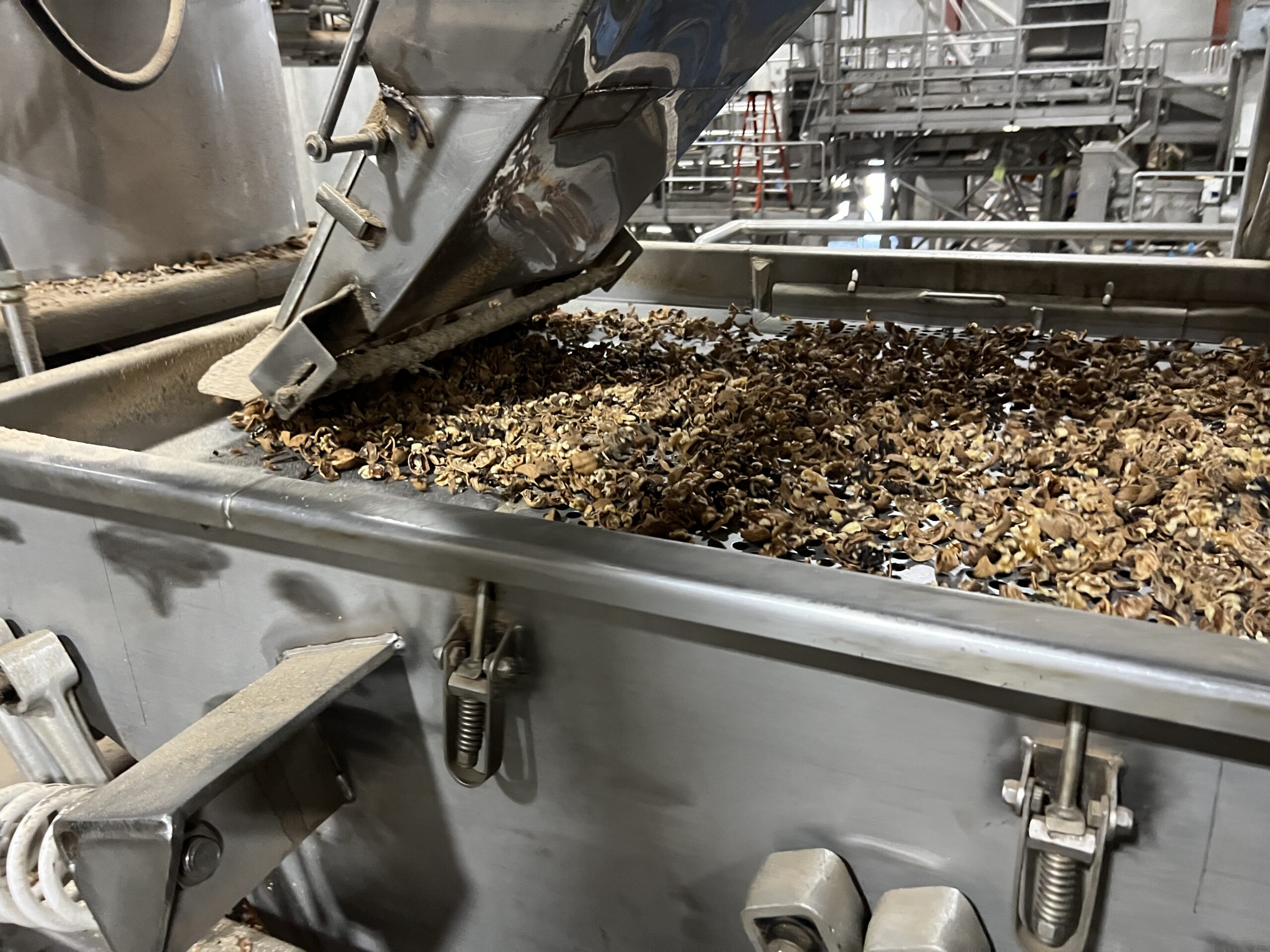 In this guest blog, Robert Podwalny, FASA, gives an overview of the Appraisal Review and Management (ARM) field of the appraisal profession, explaining why appraisal review is needed, what an appraisal review involves, who is qualified to review appraisals, and the opportunities available in this quickly-growing area of the appraisal profession.
In this guest blog, Robert Podwalny, FASA, gives an overview of the Appraisal Review and Management (ARM) field of the appraisal profession, explaining why appraisal review is needed, what an appraisal review involves, who is qualified to review appraisals, and the opportunities available in this quickly-growing area of the appraisal profession.
Substandard Appraisals
One of the largest group of valuation users — the financial community — generally does not understand the valuation process and only looks at a valuation to see if the dollar amount is above or below the outstanding balance for loans, leases or mortgages. Over time, this on-going and customary acceptance of substandard appraisals has been surprisingly workable, but in several historic instances, the federal government has had to step in with bail-out programs to save the financial community from the results of habitually accepting these inappropriate appraisals.
Appraisal Regulations
One such bail-out — the FDIC Title 11 legislation during what is often call the “savings and loan” crisis of the 1980s and 1990s — spurred Congress to create the Uniform Standards of Professional Appraisal Practice (USPAP) and the Appraisal Foundation. USPAP and the Appraisal Foundation were intended, and expected, to resolve the problem of banks relying on substandard appraisals by addressing the valuation process itself and those who produced the valuations. As the 2008-2009 banking and credit crisis demonstrated, however, bad appraisals are still a problem in the lending community.
The fact of the matter is that having regulations and guidelines in place does not insure that all appraisals are in compliance or that they are properly performed. Financial institutions who take for granted that the valuations they receive are within USPAP guidelines can be exposing themselves to bad appraisals and the financial instability that comes with inaccurate valuations. It’s the same problem that has haunted the history of lending and borrowing: The individuals hiring appraisers hardly understand what an appraiser does or what an appraisal is, so how do they know when they have an appropriate appraisal and when they have an inappropriate one?
Appraisal Review
As a part of the most recent federal financial bail-out, Congress attempted to address the dilemma of good appraisals v. bad appraisals. Moving beyond regulating appraisers, the Dodd–Frank Wall Street Reform and Consumer Protection Act (2010) requires that financial institutions have all appraisals reviewed by an independent party to ensure that the valuations are truly in compliance and without bias.
Will Dodd-Frank eliminate the need for future financial bail-outs? It’s too early to tell, but one result of the reform act has been the creation of a whole new segment of the appraisal business: appraisal review.
As you might imagine, as demand for appraisal reviewers grows, many independent appraisal management companies continue to spring up around the country, offering their review services to financial institutions that order and receive valuations. Unfortunately, many of these new companies may not be staffed by qualified appraisal reviewers who have the proper credentials in appraisal review; not all companies offering appraisal management and review services are qualified to do so.
Regulating Appraisal Reviewers
Will Congress or another regulatory body step in and set out specific guidelines regarding the education, specified training, and experience one must have to become a reviewer? Perhaps, in the meantime, the financial community will look back to previous experience and determine for itself the qualifications of valuation reviewers. They might look, for example, at the qualifications that the American Society of Appraisers sets out for those appraisers who want to specialize in Appraisal Review and Management (ARM), and demand similar qualifications of those they hire to approve the quality and accuracy of the valuations they receive.
Career Opportunities in ARM
Careers in the fields of appraisal management or appraisal review field are expected to grow rapidly. As the financial institutions gain a better understanding of what an appraisal really is and that it take specialized training to become a reviewer, the demand for individuals with these qualifications will also grow. For those in the appraisal industry willing to take the time and make the effort to become a qualified appraisal reviewer, the demand for services should increase almost endlessly.
This is already happening in Russia, where the demand for reviewers has grown dramatically. There, if an appraisal is performed for the Russian Government or a financial institution, the appraisal must be reviewed by one of the appraiser’s peers. Following the required review, both the original appraiser and reviewer must issue a joint statement that the appraisal is sound and meets regulations. If it turns out that the appraisal did not follow the regulations and is not sound, both the appraiser and reviewer are liable.
While the Russian model may not be a complete solution to the complications of lending and appraisals, it is an example of how one country is addressing the problem of bad appraisals and reviews and an indication of one direction our government might considering in addressing our own country’s difficulty with substandard appraisals.
Robert Podwalny, FASA
Special to NorCal Valuation Inc.




